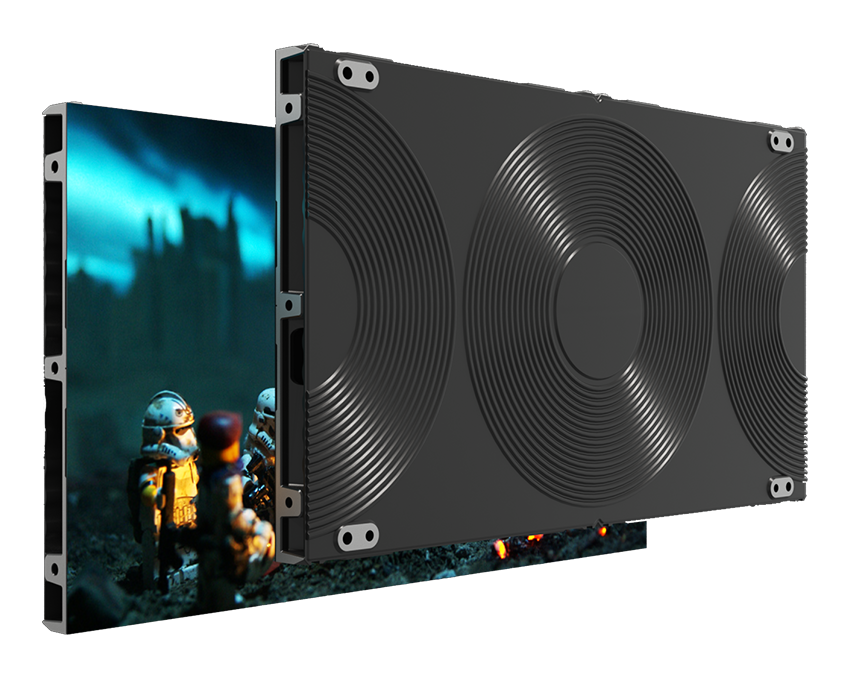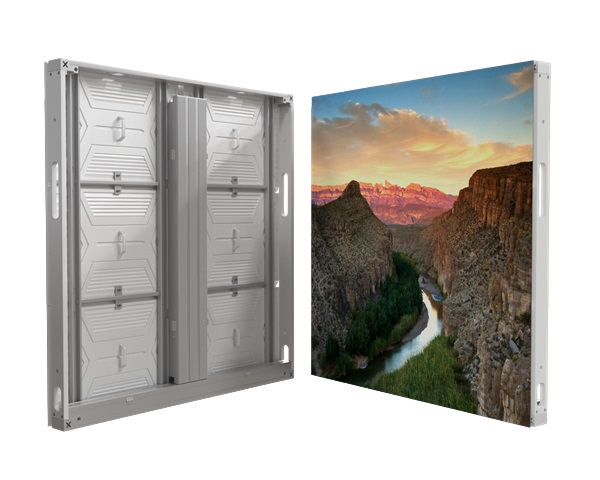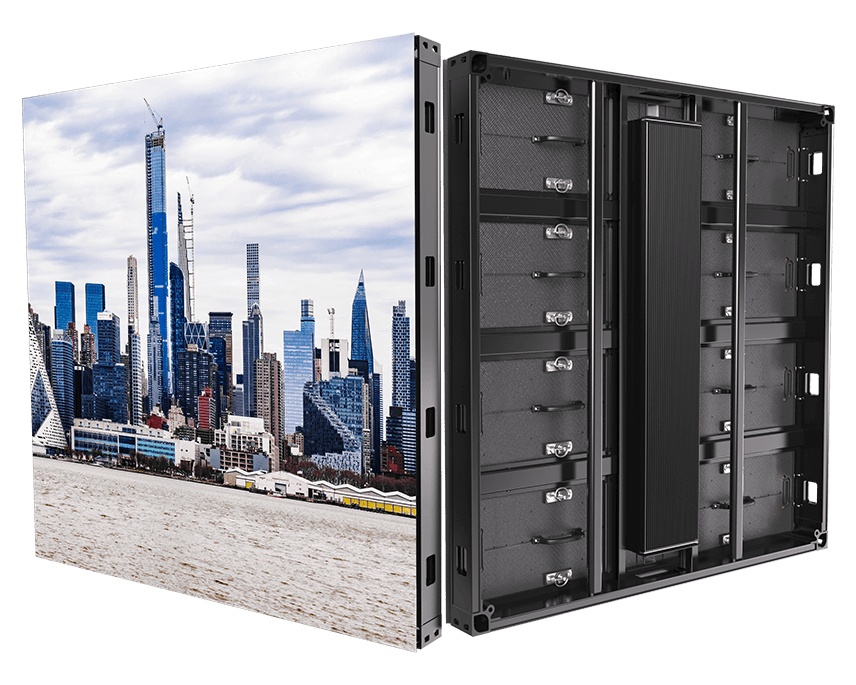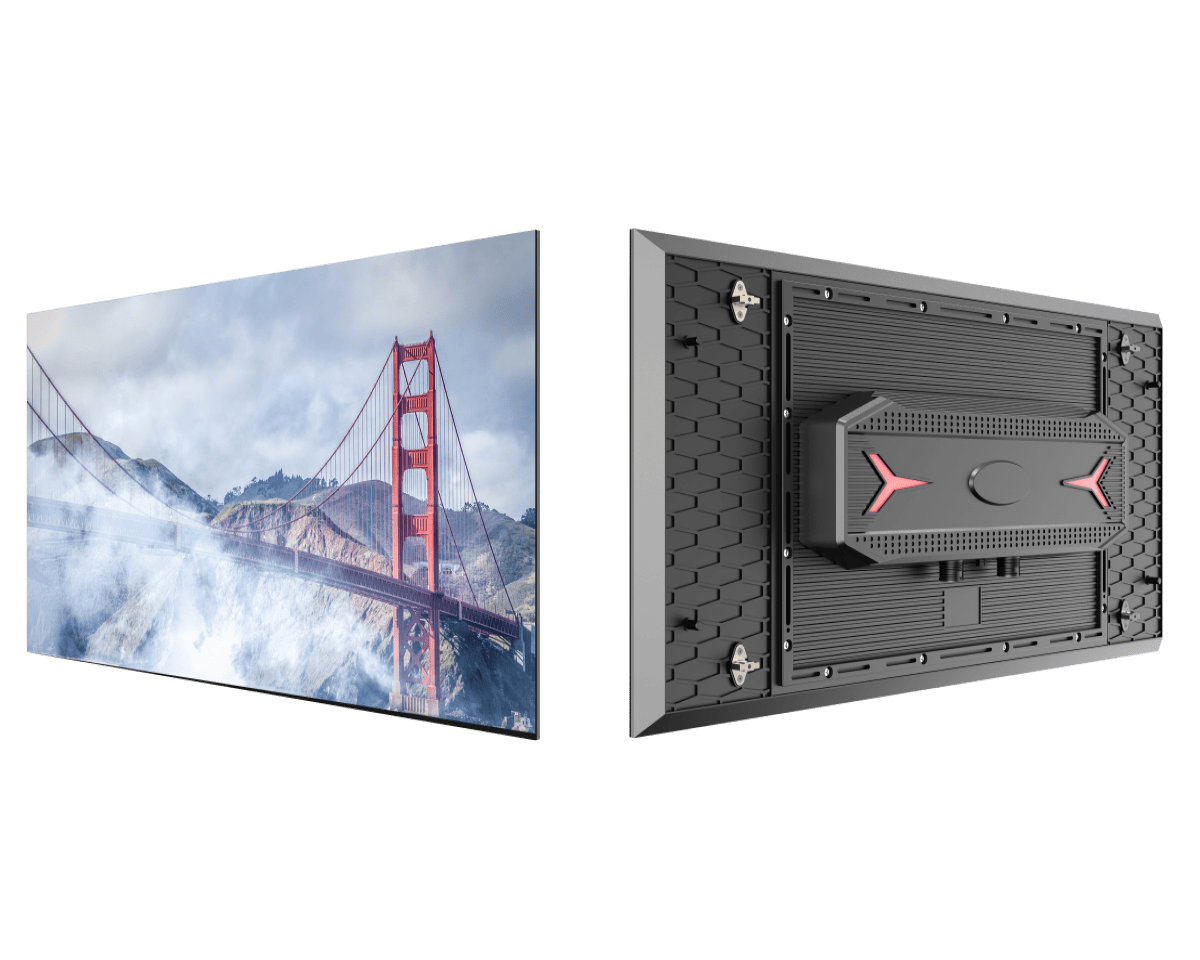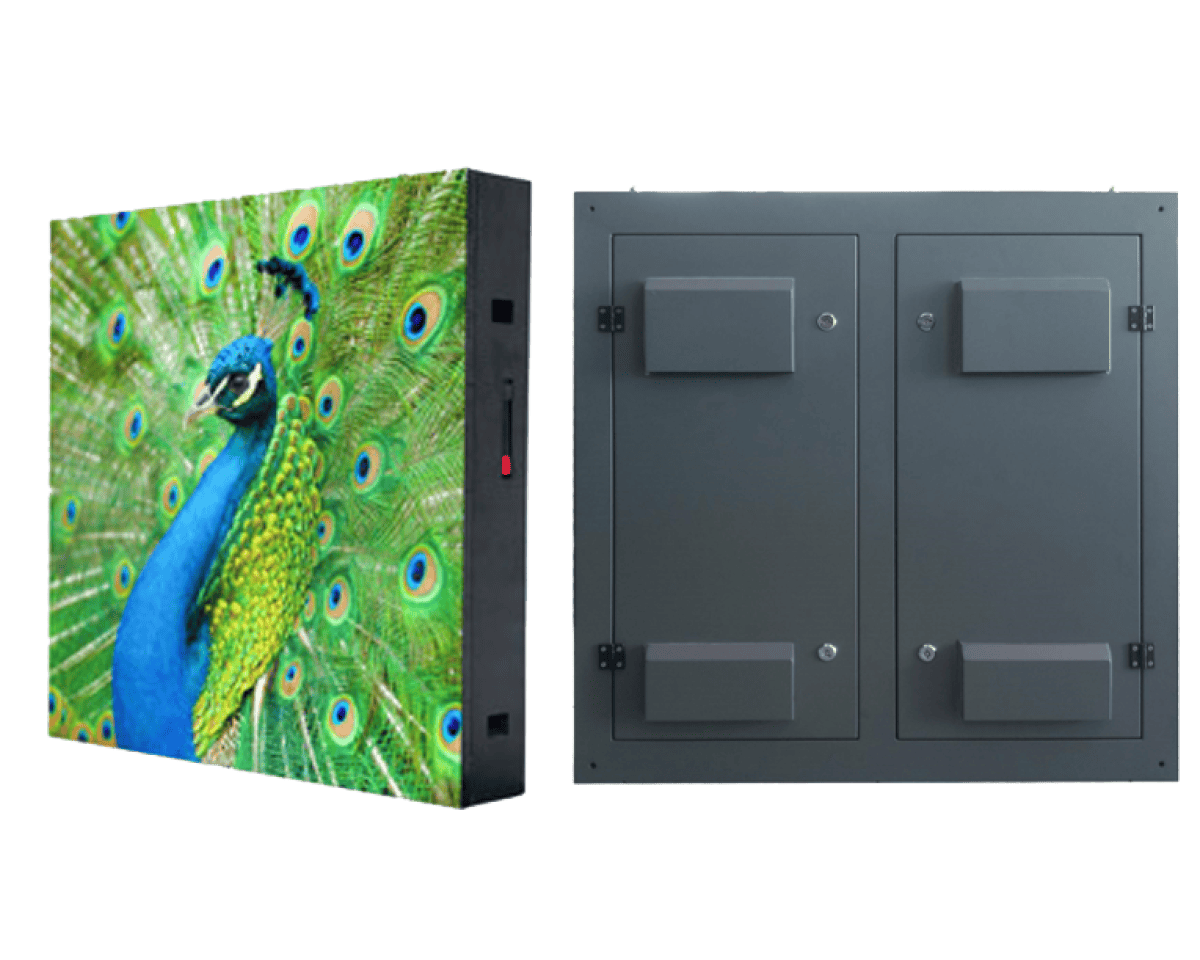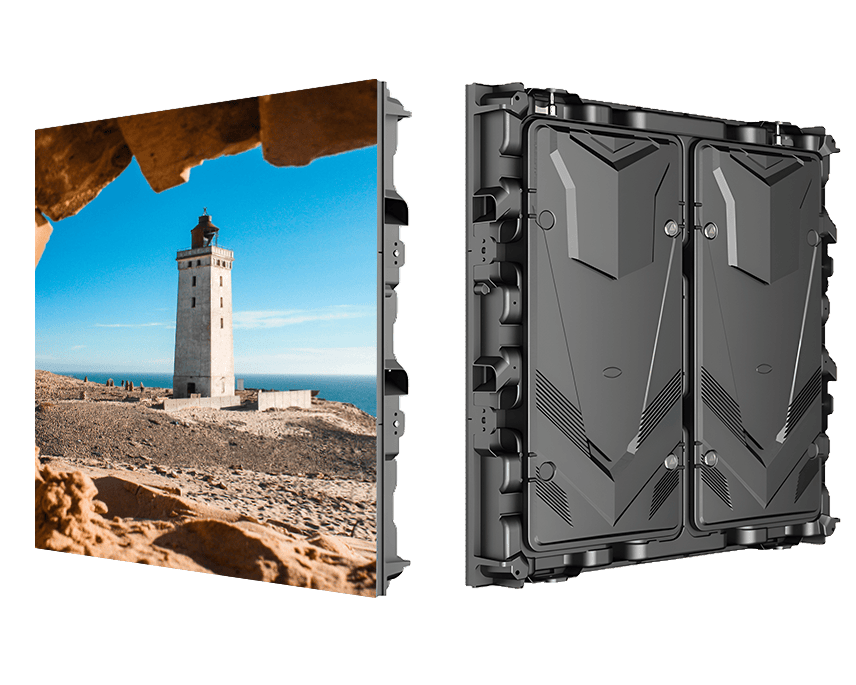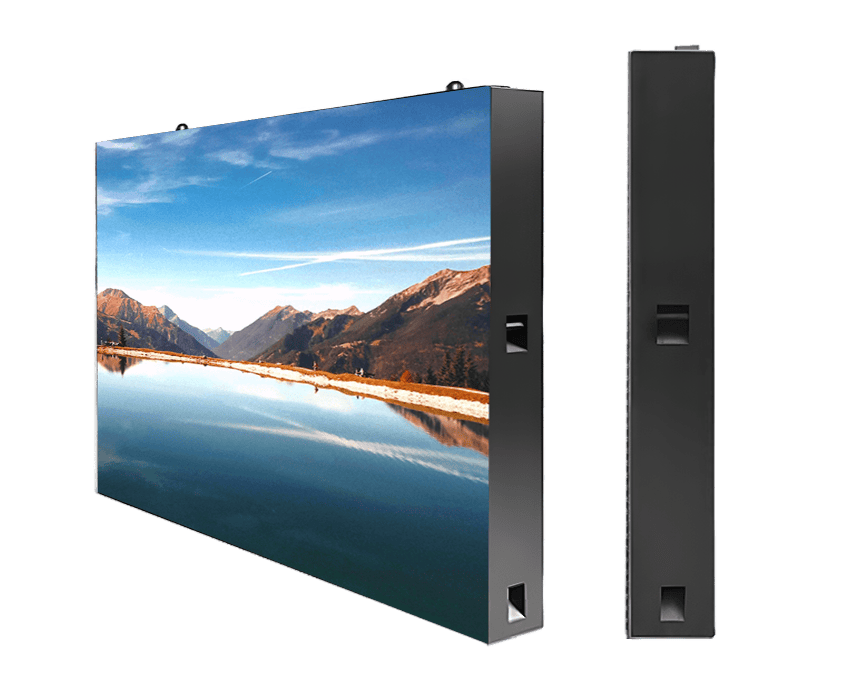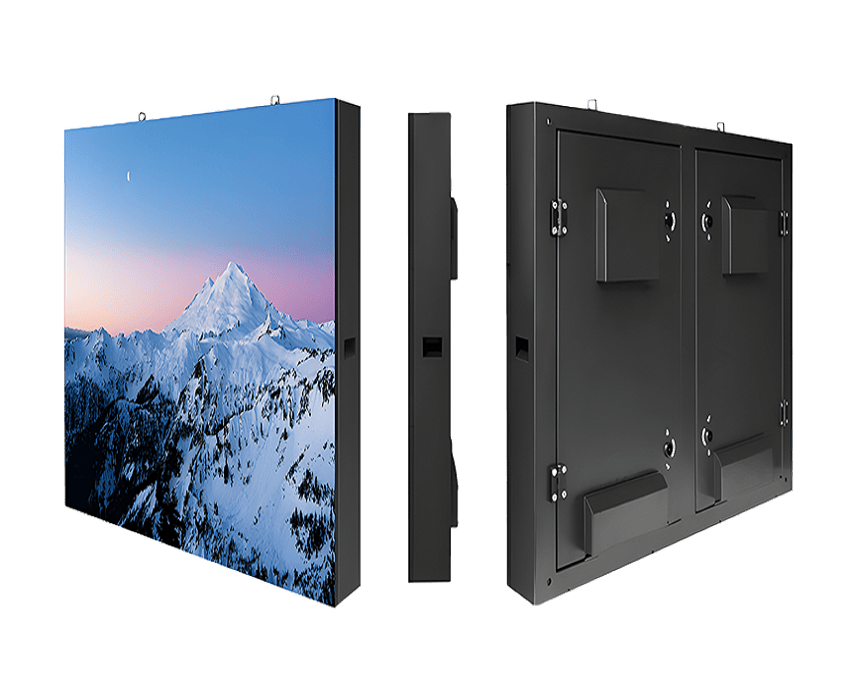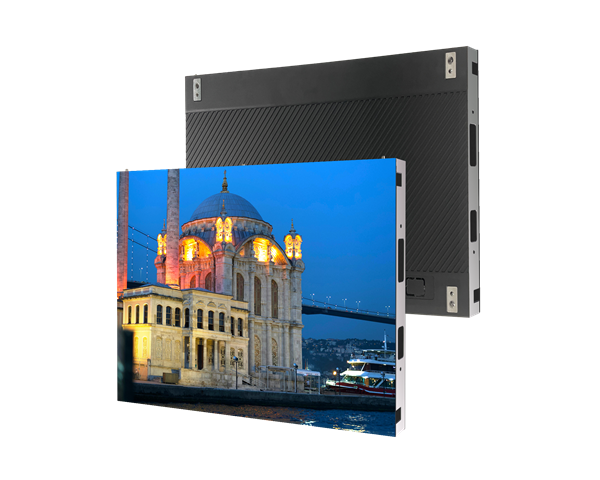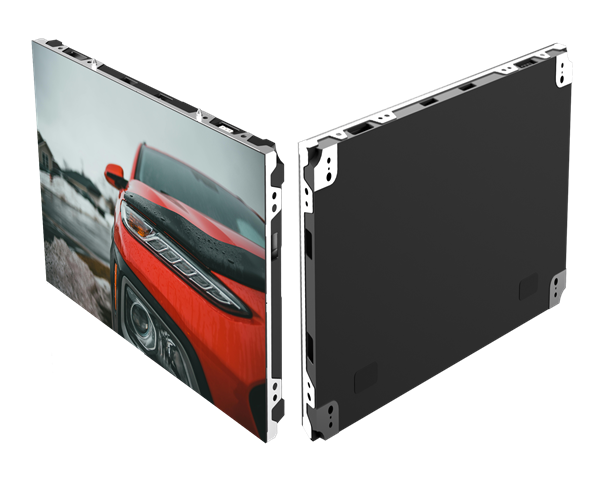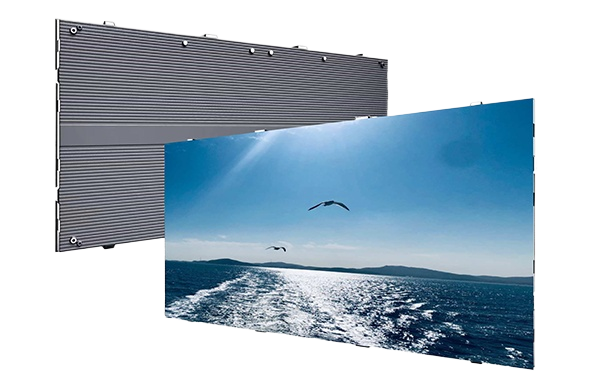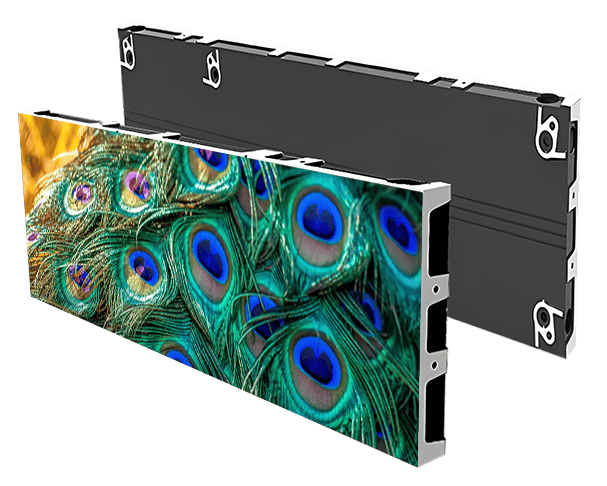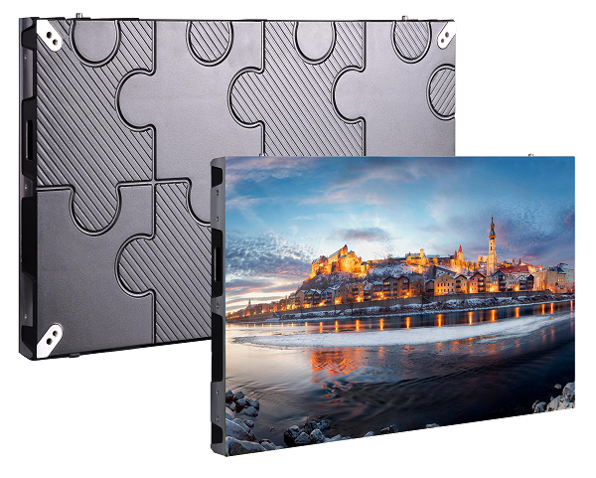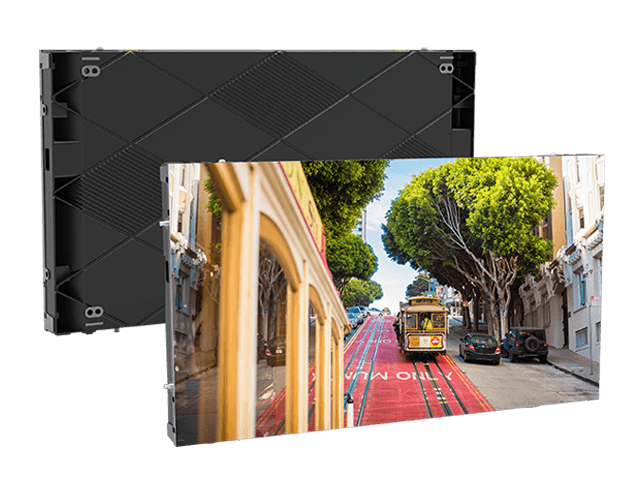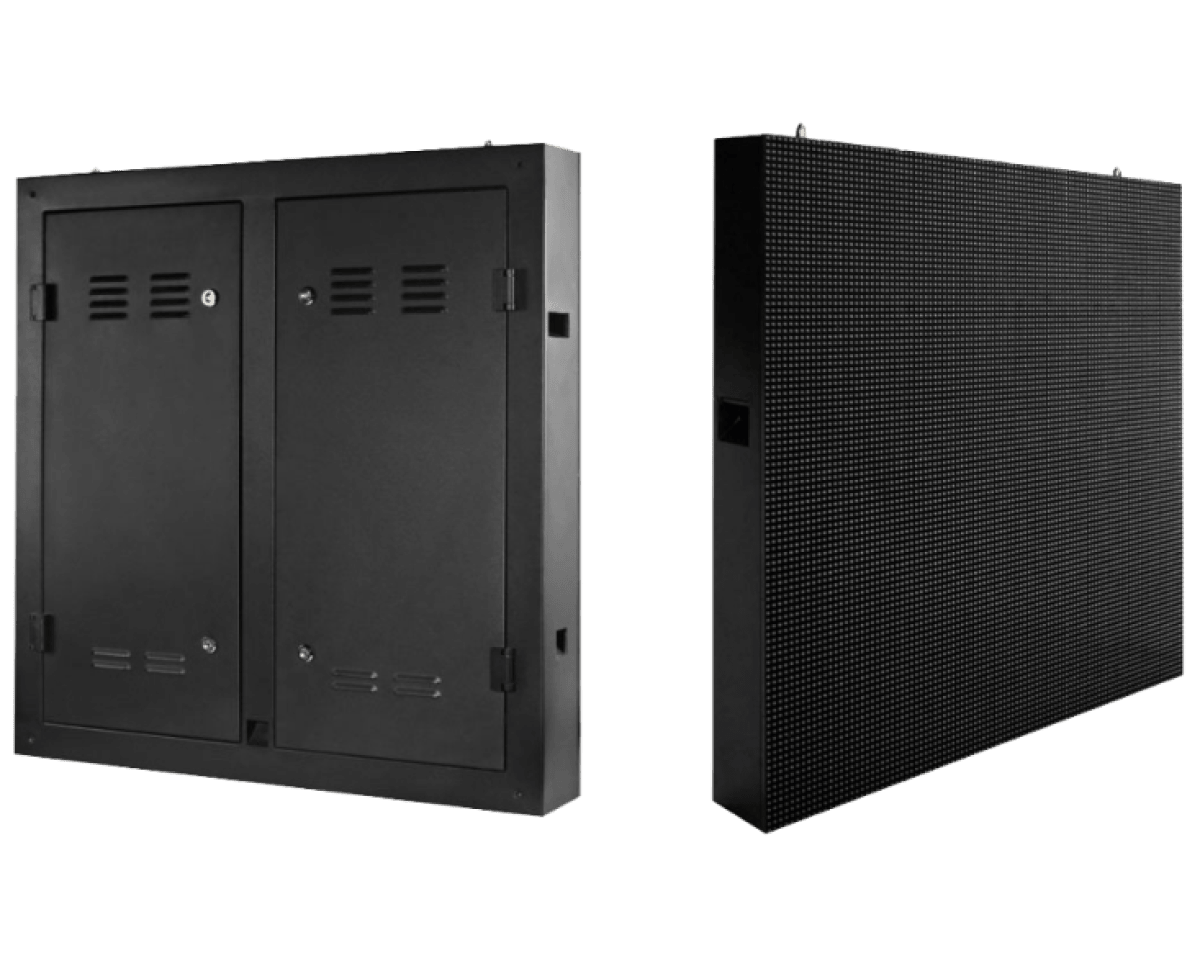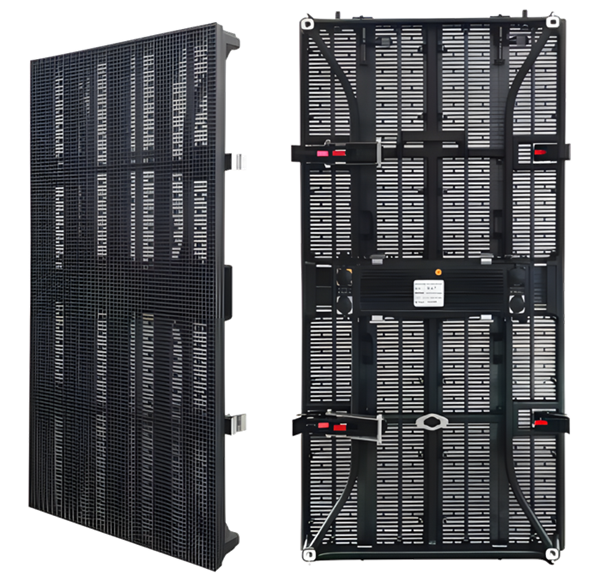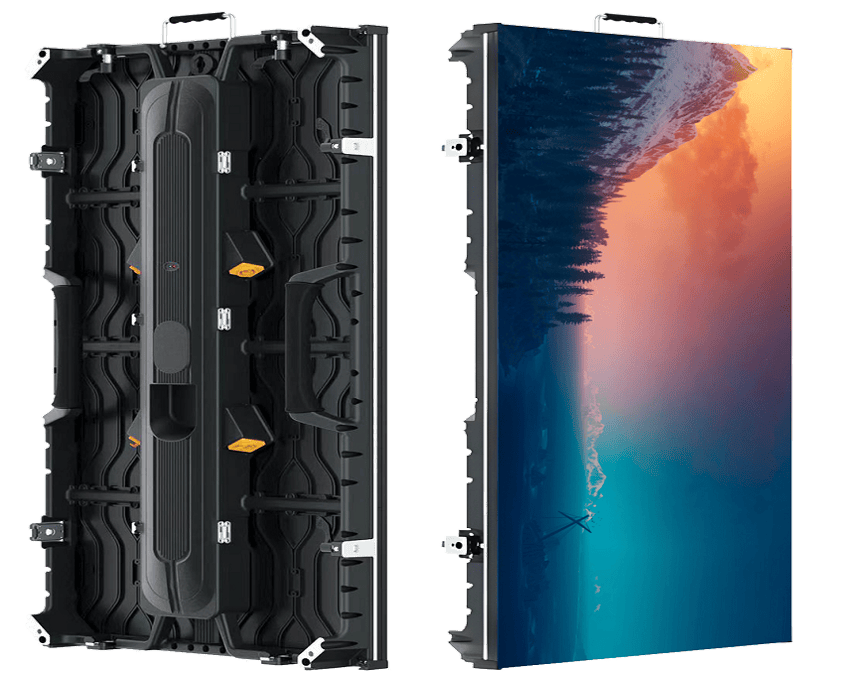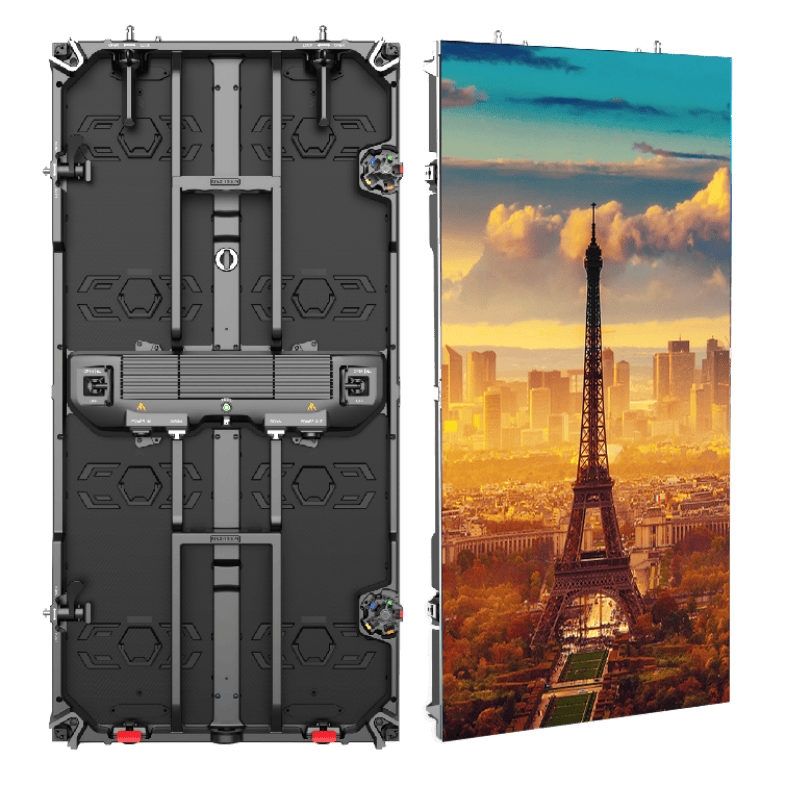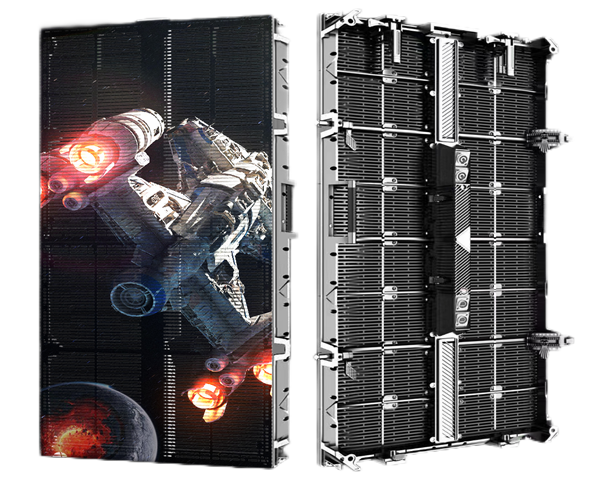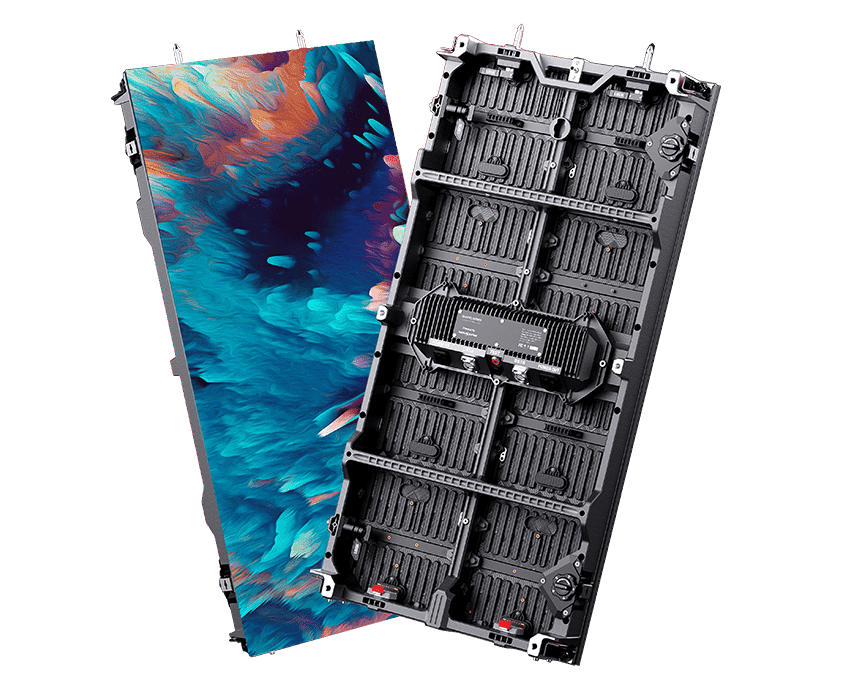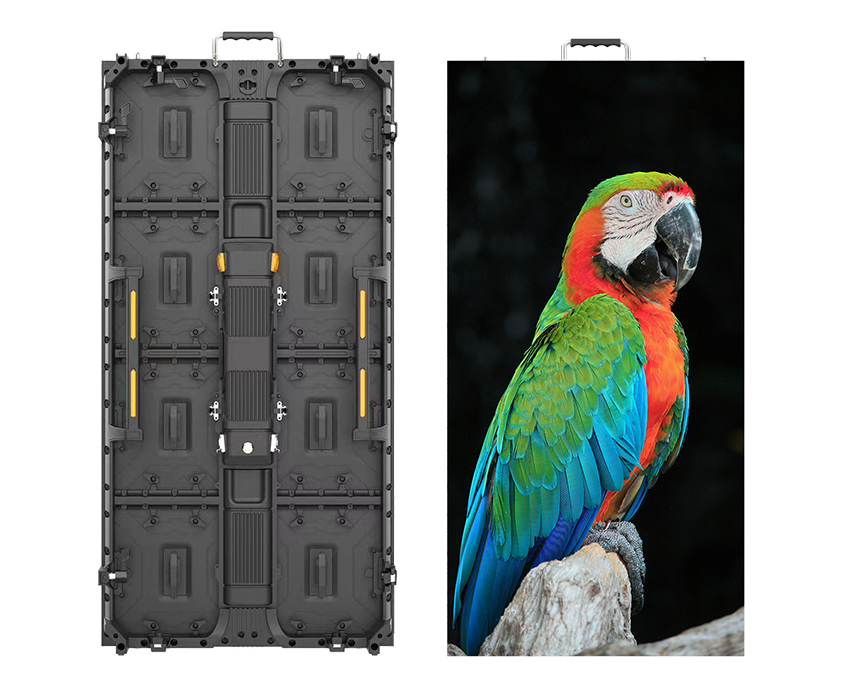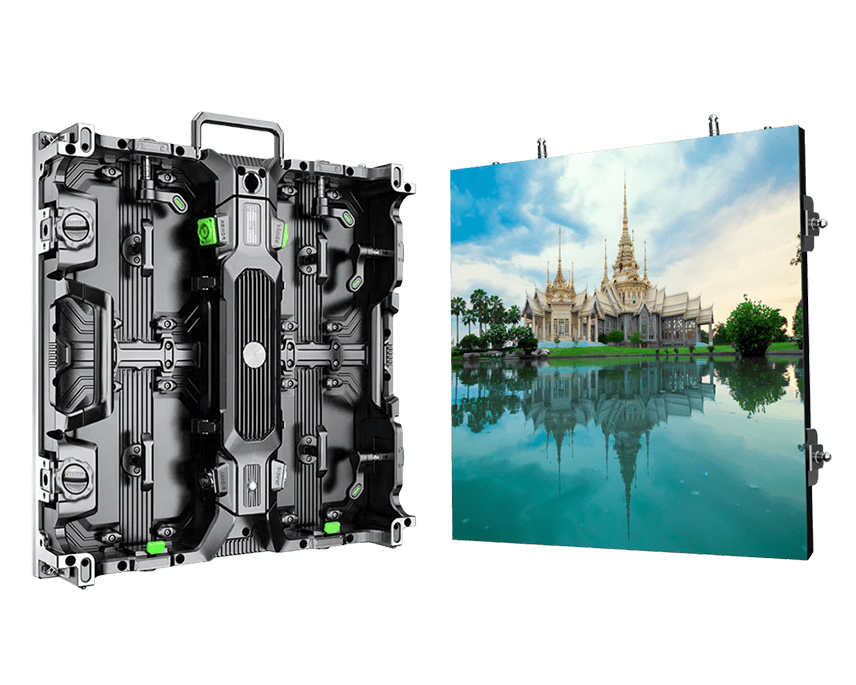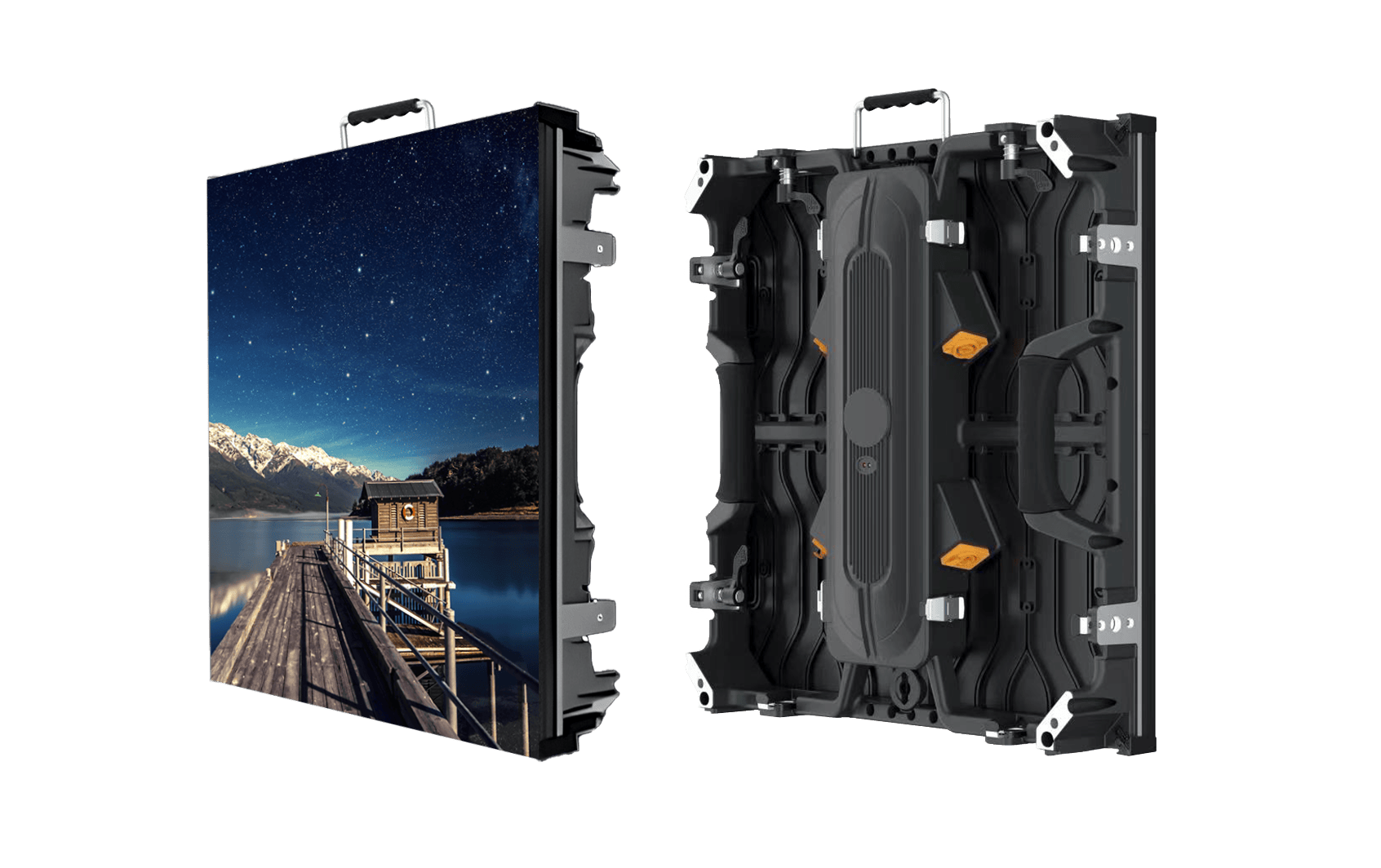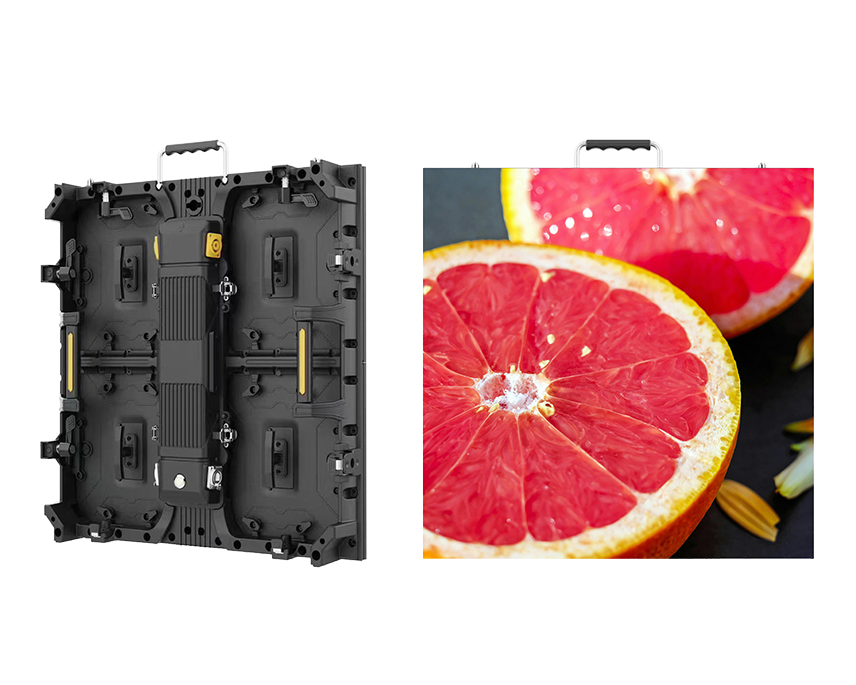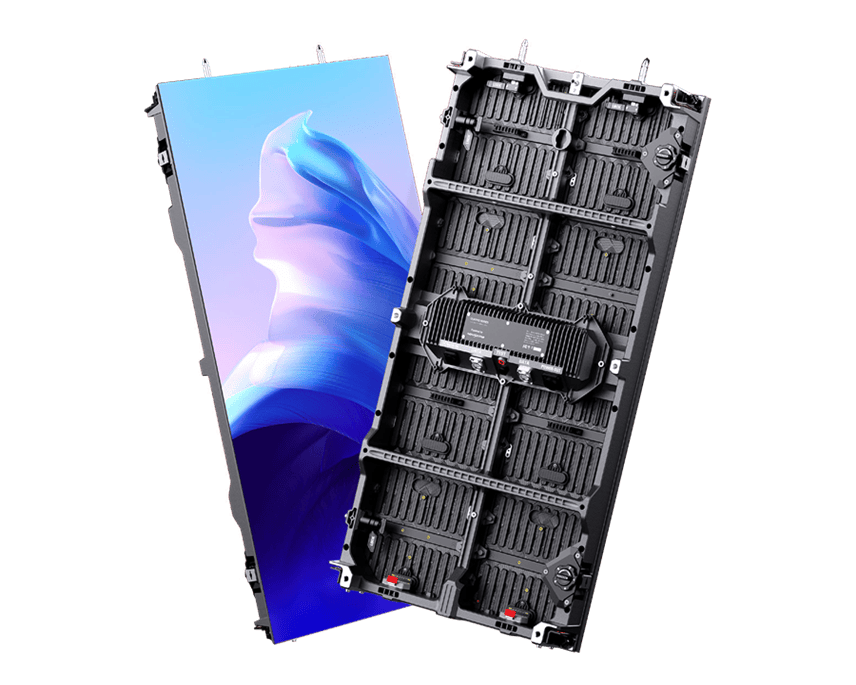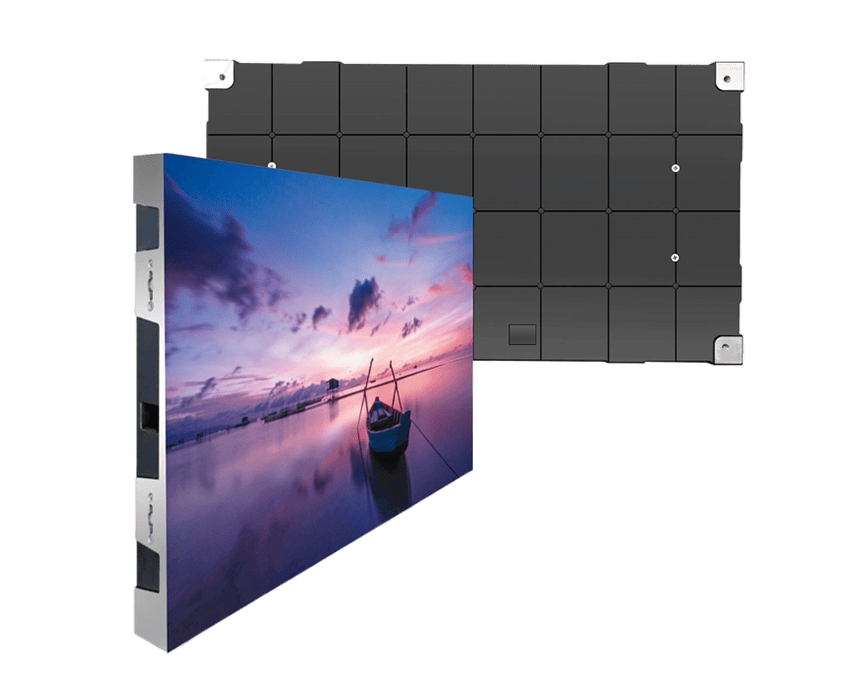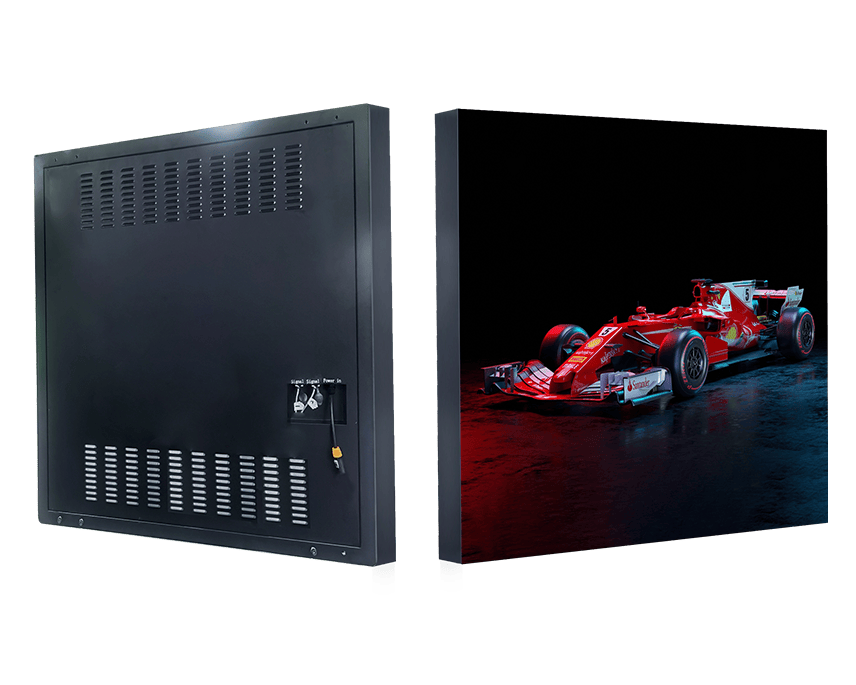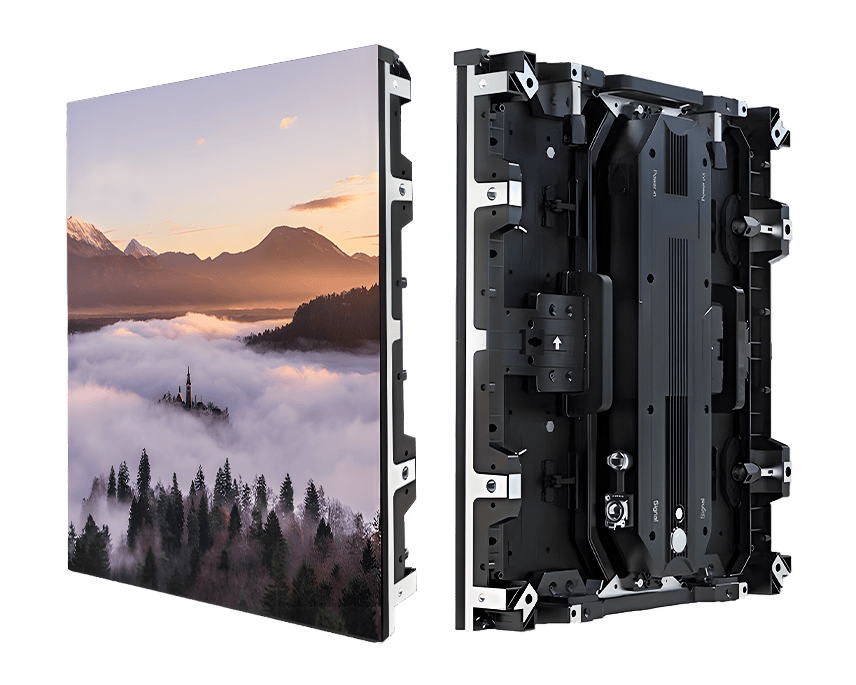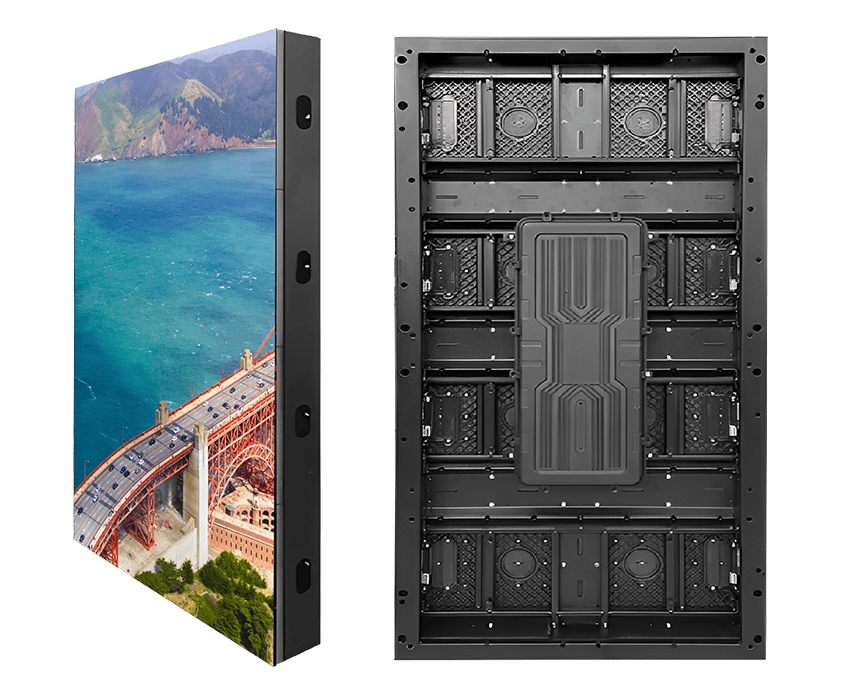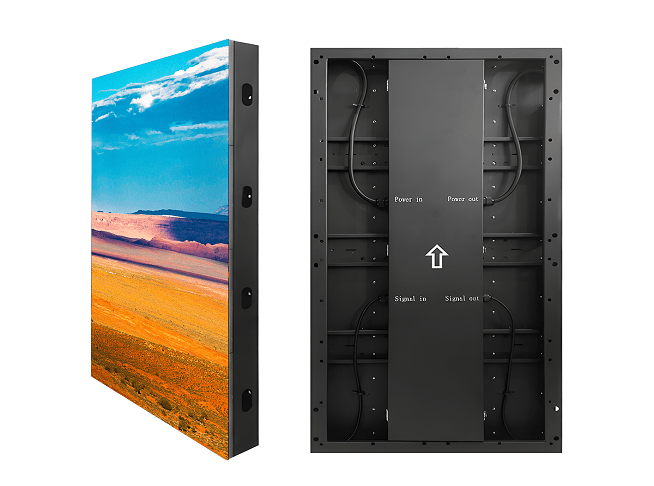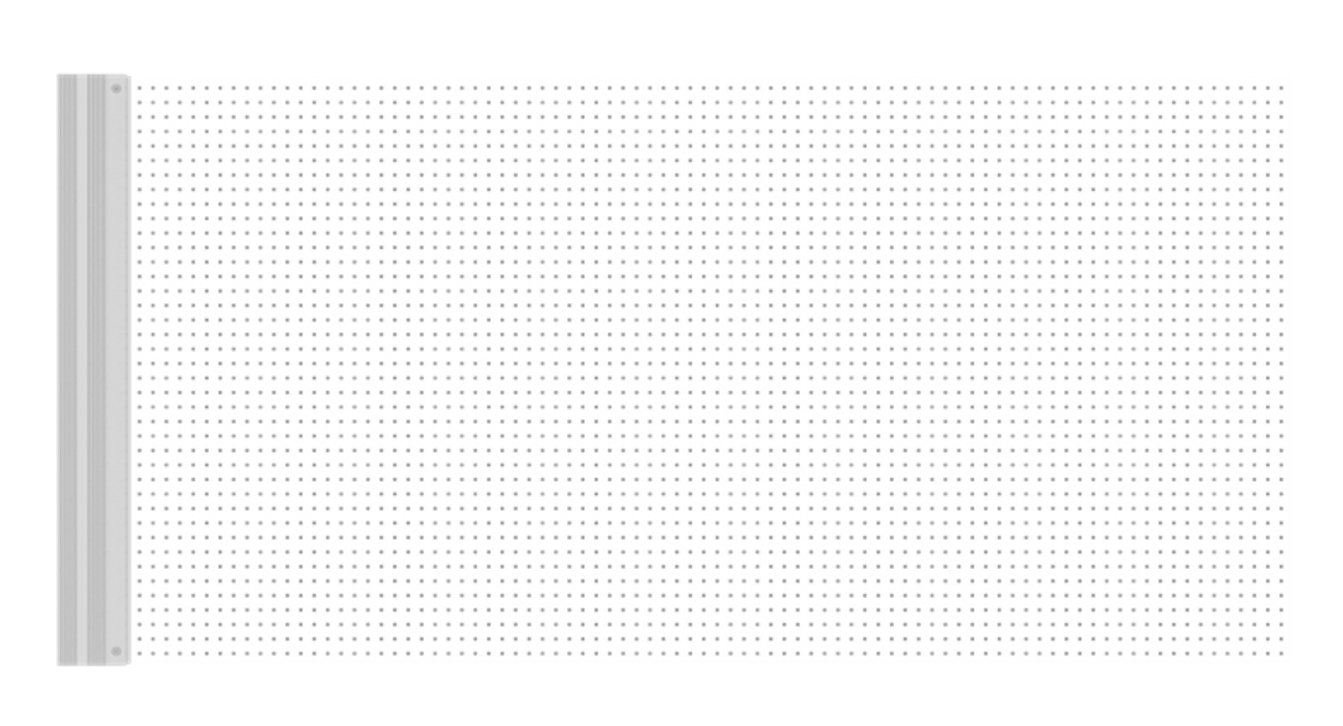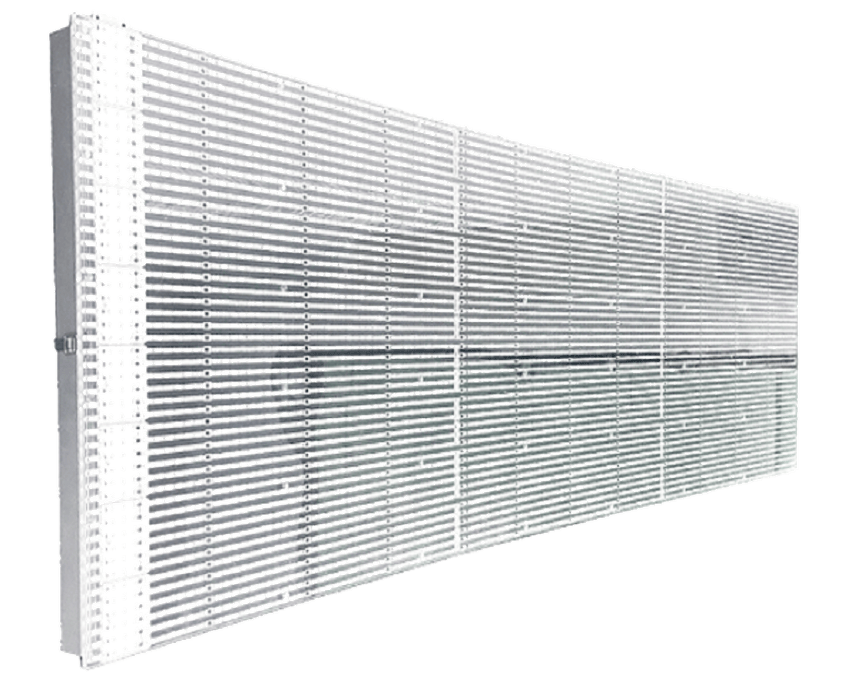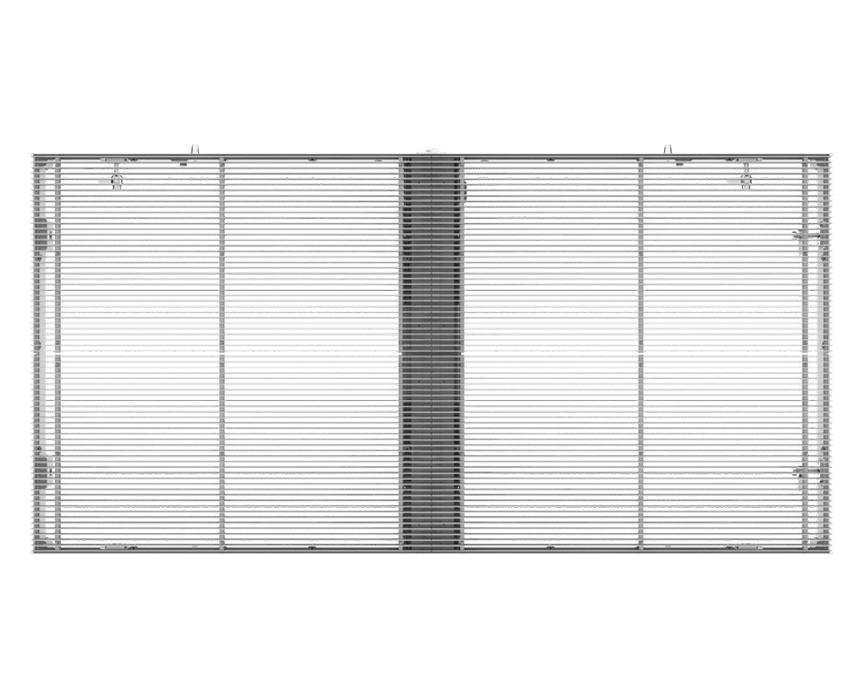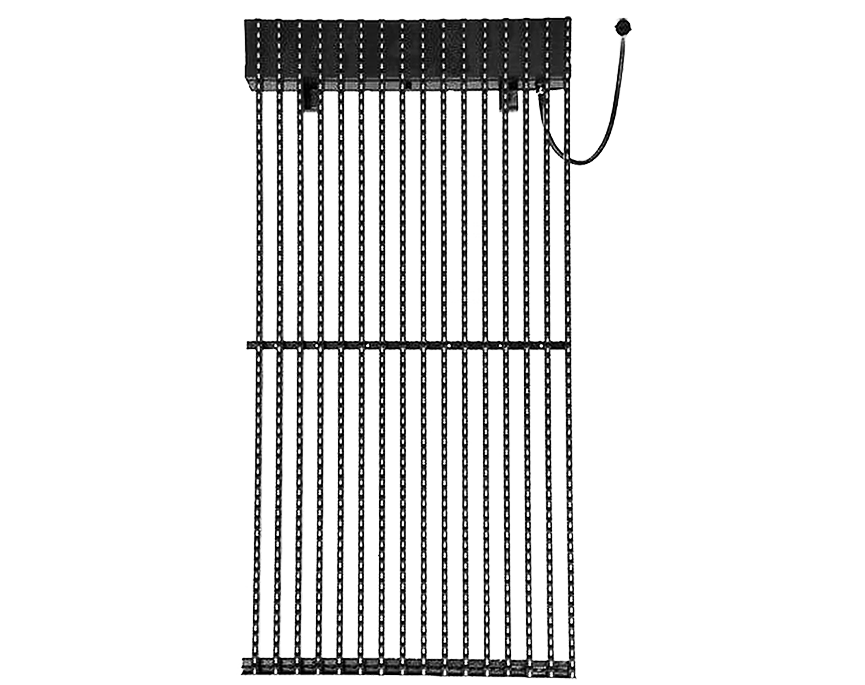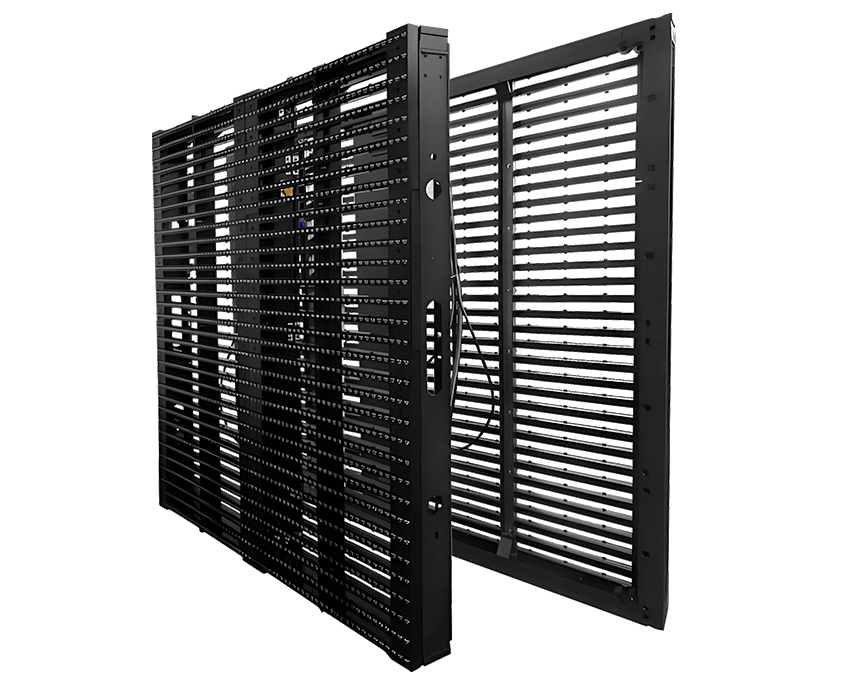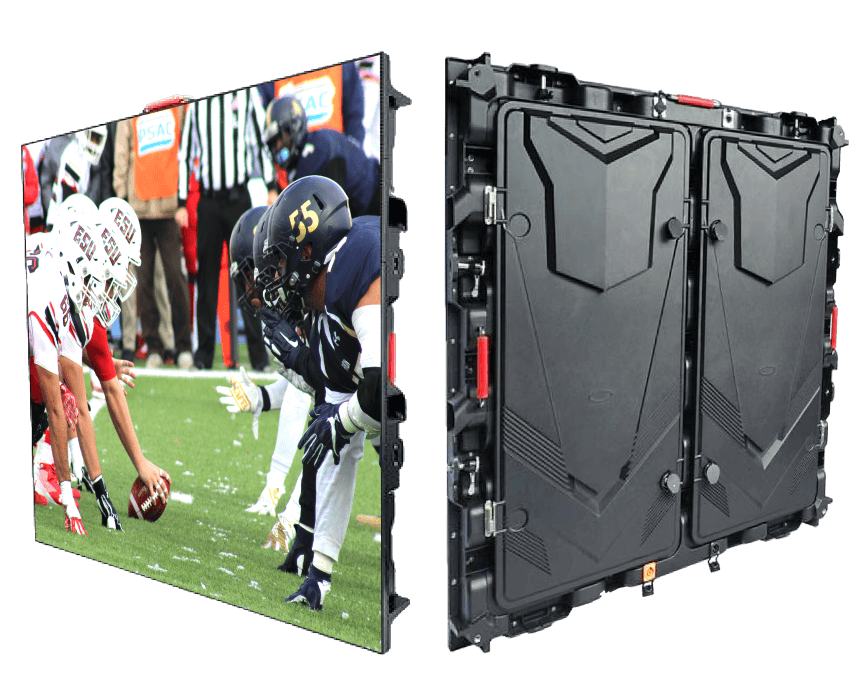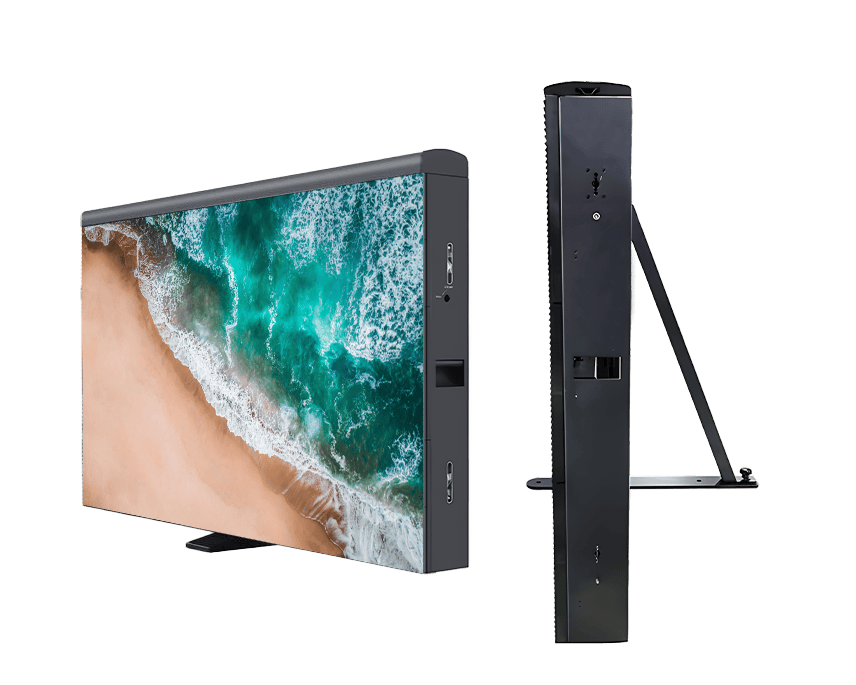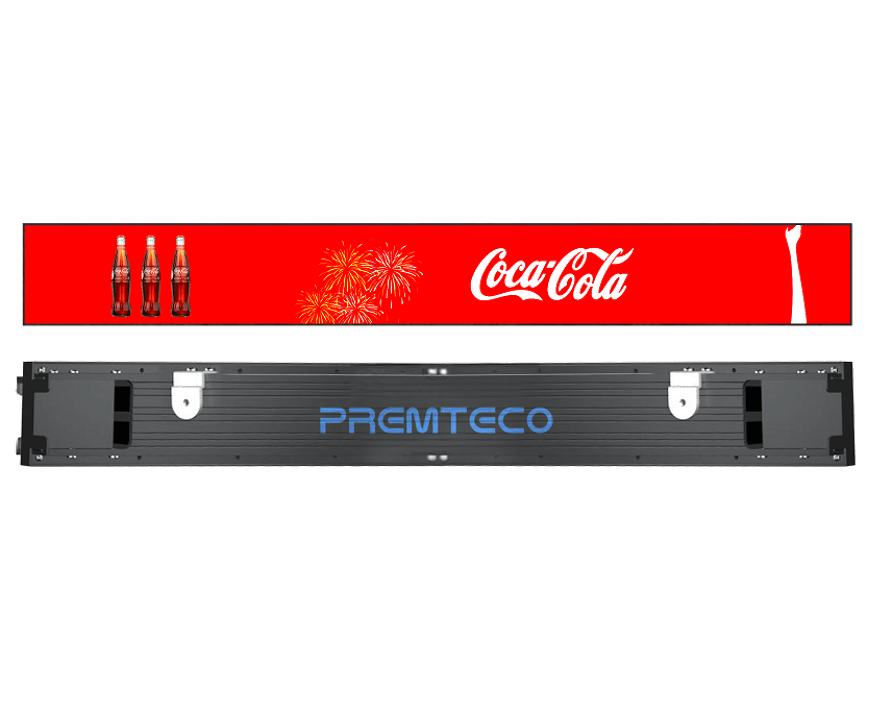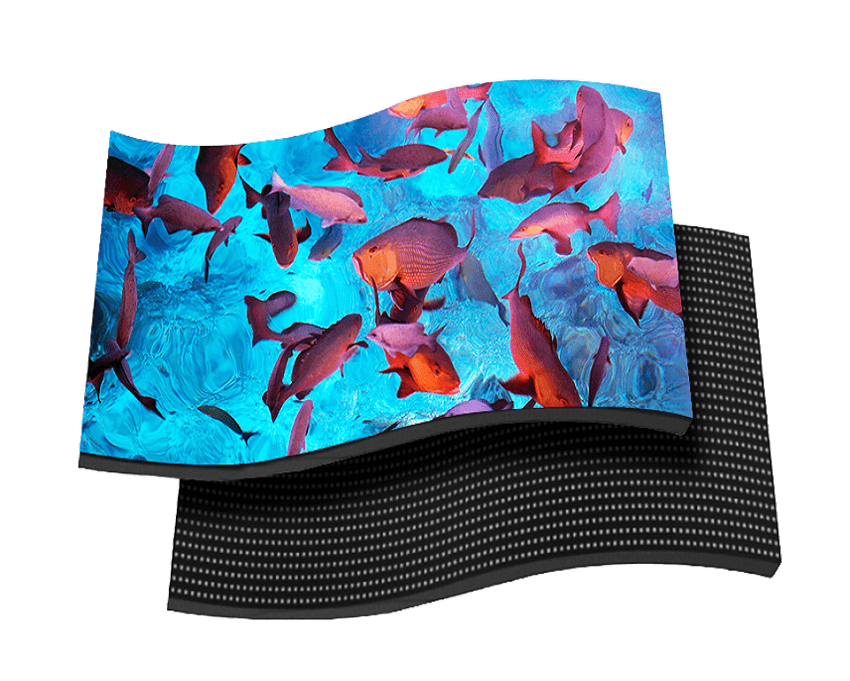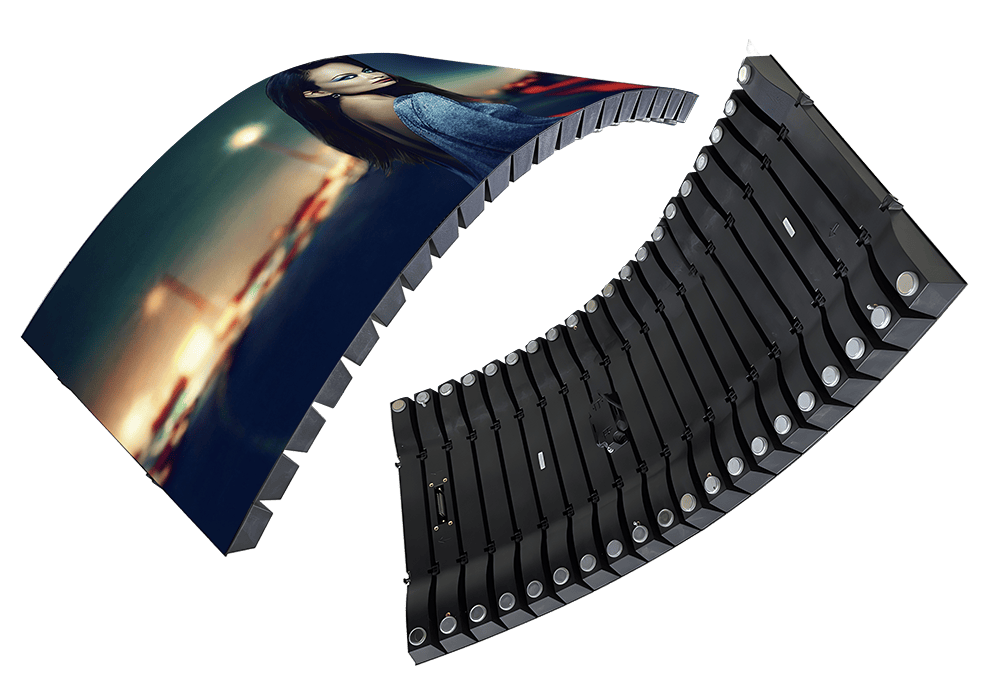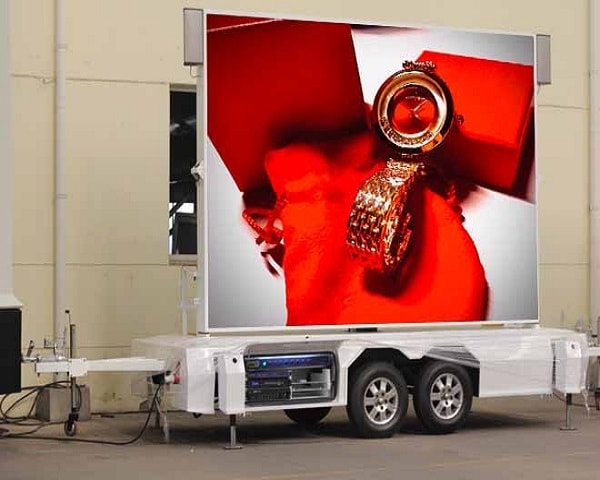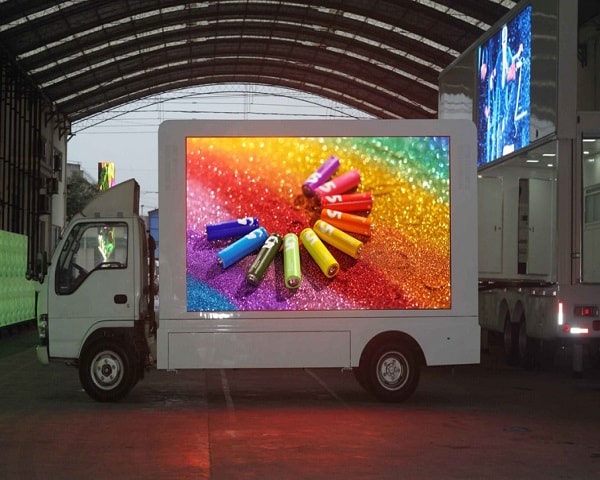Fine-Pitch LED, Mini-LED, and Micro-LED Displays: A Comprehensive Comparison
Views: 7802
Author: Site Editor
Publish Time: 2025-01-11
Origin: Site
Choosing the right LED display can be challenging with so many options available. In this guide, we’ll compare fine-pitch LED, mini-LED, and micro-LED displays to help you understand their key differences, applications, and which technology is best suited for your needs.
What is Fine-Pitch LED Display
Fine-pitch LED displays are high-resolution screens that use small LEDs (light-emitting diodes) to generate images. The term "fine pitch" refers to the close spacing between the individual LEDs, which enables a higher pixel density and sharper image quality. Fine-pitch LED displays typically feature a pixel pitch of less than 2mm, making them ideal for indoor environments such as corporate offices, retail stores, and control rooms. These displays are highly regarded for their exceptional detail and clarity.
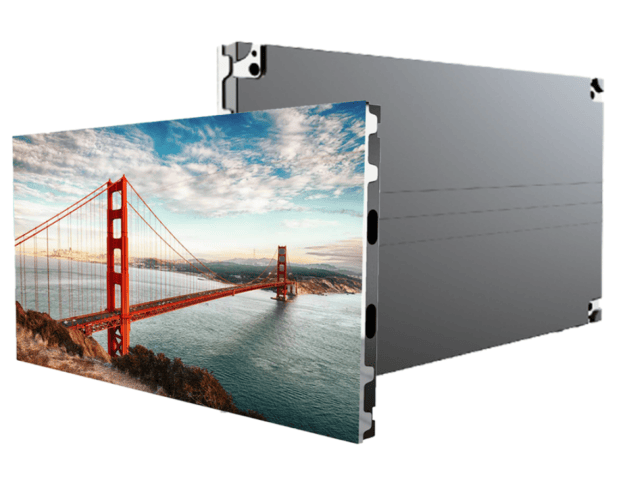
Key Features of Fine-Pitch LED Displays:
-
Pixel Pitch: Typically between 1.2mm and 1.5mm
-
Applications: Indoor settings, such as conference rooms, exhibitions, and digital signage
-
Advantages: High resolution, wide viewing angle, and long lifespan
-
Popular Use Cases: Corporate offices, retail displays, and control rooms
What is Mini-LED Display
Mini-LED displays are similar to fine-pitch LED displays in that they also utilize small LEDs to create an image. However, mini-LED displays use even smaller LEDs than fine-pitch displays, with a pixel pitch of fewer than 0.5 millimeters. This allows for an even higher pixel density and an even sharper image. Mini-LED displays are often used in high-end consumer products such as gaming monitors, laptops, and TVs due to their ability to display HDR (high dynamic range) content with high brightness and contrast ratios.
Key Features of Mini-LED Displays:
-
Pixel Pitch: Typically less than 0.5mm
-
Applications: Gaming monitors, TVs, and high-performance laptops
-
Advantages: Enhanced HDR performance, higher contrast ratio, and brighter images
-
Popular Use Cases: Premium gaming setups, cinematic experiences, and professional content creation
What is Micro-LED Display
Micro-LED displays take this concept even further. They use extremely small LEDs, typically with a diameter of fewer than 100 micrometers, to create an image. This allows for an incredibly high pixel density and an image that is even shaper and more detailed than what is possible with fine- pitch or mini-LED displays. Micro-LED displays are often used in large-scale applications such as digital signage, video walls, and public displays due to their ability to produce bright, high-quality images at a large scale.

Key Features of Micro-LED Displays:
-
Pixel Pitch: Extremely small, typically under 100 micrometers
-
Applications: Digital signage, public displays, and large-scale video walls
-
Advantages: Extremely high pixel density, excellent brightness and color reproduction, self-emitting technology
-
Popular Use Cases: Large-scale outdoor advertising, high-end digital billboards, and immersive installations
Comparison of Fine-Pitch LED Displays with Mini-LED Displays and Micro-LED Displays:
When choosing between fine-pitch, mini-LED, and micro-LED displays, it’s important to consider key factors like pixel pitch, resolution, cost, and application suitability. Below is a detailed comparison:
| Feature |
Fine-Pitch LED |
Mini-LED |
Micro-LED |
|
Pixel Pitch
|
1.2mm - 1.5mm
|
Less than 0.5mm
|
Less than 100 micrometers
|
|
Resolution
|
High resolution for indoor settings
|
Higher pixel density, sharper image
|
Ultra-high pixel density, superior clarity
|
|
Brightness & Contrast
|
Good for indoor use
|
Superior HDR performance, high contrast
|
Outstanding brightness, perfect for large-scale use
|
|
Cost
|
Relatively affordable
|
More expensive than fine-pitch
|
Most expensive due to advanced technology
|
|
Common Applications
|
Corporate offices, retail, signage
|
Gaming, laptops, premium TVs
|
Digital signage, public displays, video walls
|
Choosing the Right LED Display for Your Needs:
When choosing an LED display, it's important to consider several factors, including your budget, the size of the display, and the level of detail you require in your images. Fine-pitch LED displays may be a good choice for those who want a high-resolution display but don't have a large budget, while mini-LED displays may be a better option for those who need an even higher pixel density in smaller screens. Micro-LED displays are ideal for those who require the highest level of detail possible in large-scale displays, but they may not be practical for all applications due to their high cost. Ultimately, the right LED display for your needs will depend on your specific requirements and budget.
Ready to Choose the Perfect LED Display? Whether you're outfitting a corporate office, upgrading your home theater, or creating an eye-catching video wall, we have the ideal solution for your needs. Contact us today by info@ptcled.com to speak with one of our experts and learn more about the right LED display technology for your project.











